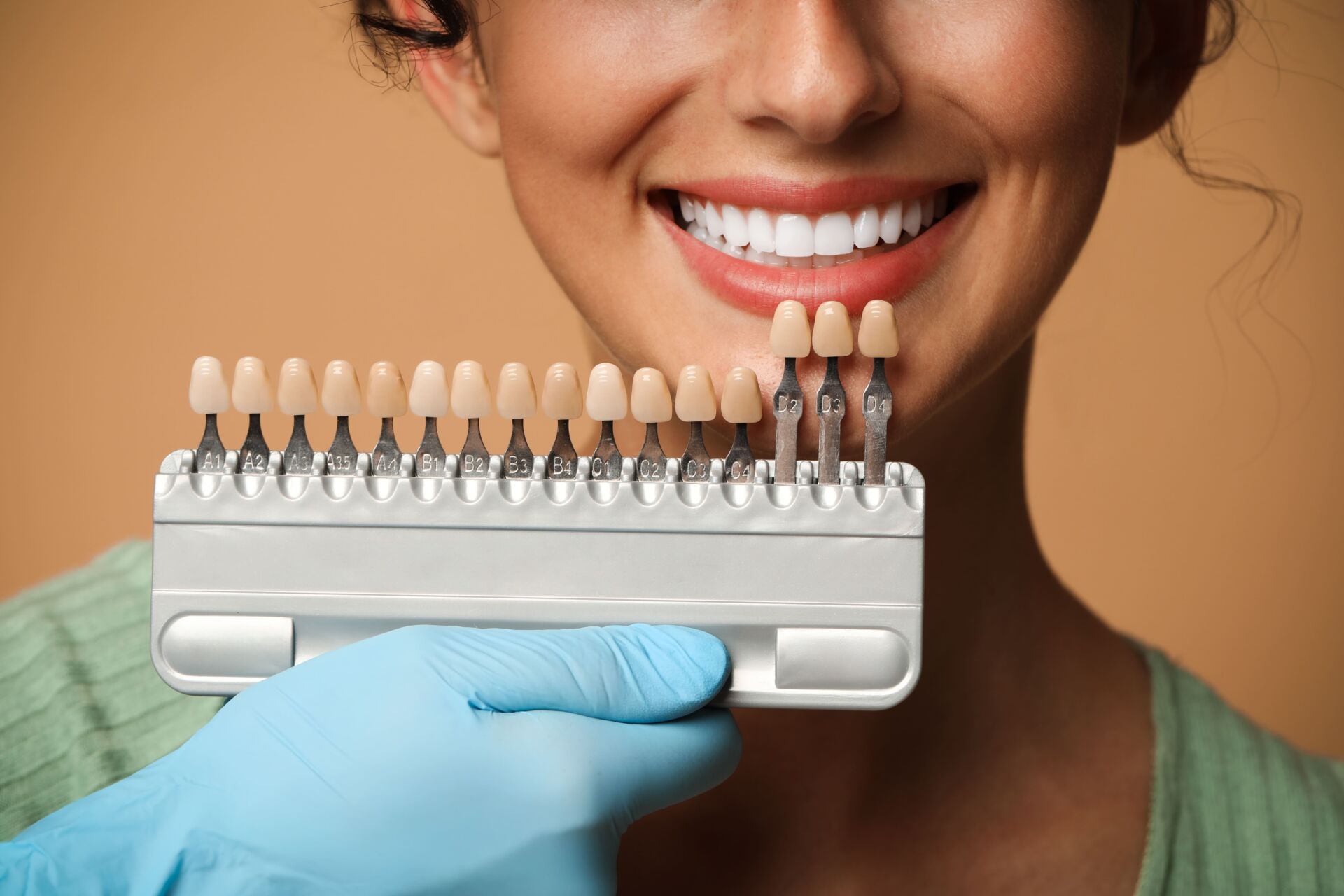According to the journal Medical News Today, an estimated 88 percent of people over the age of 65 have receding gums. Though the condition can be caused by many things, it is most commonly caused by physical wear and inflammation of the gums. In addition to the high numbers of seniors with receding gums, a growing number of younger Americans are experiencing receding gums at earlier ages as well, thanks to everything from braces to overly vigorous tooth brushing.
But until recently, there was only one procedure that could correct this increasingly common problem. Unfortunately, though the procedure (called “gum grafting”) is extremely effective, it has also earned the reputation of being extremely painful, too. But now, a new procedure that is gaining in popularity may offer some hope to receding gum sufferers – without all the suffering.
Gum Grafting
Gum grafting is a surgical procedure that consists of grafting existing gum tissue over the exposed root and tooth.
“Essentially this means the dentist is cutting away healthy gum tissue from another area of the mouth and attaching it where it is needed to cover the recession,” says Dr. Alexandra George, a Wexford, Pennsylvania, dentist. “It’s about as painful as it sounds.”
Unfortunately, that pain is notorious for keeping a lot of people away from the procedure, to the detriment of their own oral health.
“When some people hear what’s involved in the procedure, they will avoid treating it, or delay it as long as possible,” says George. “Especially if they don’t understand the severity of the problem.”
Understandably so. But the bigger problem is not the pain involved in treating receding gums, it’s the damage that can be caused to the rest of the mouth by the gum recession. As George explains it, the issue is not just cosmetic.
“Receding gums can expose the roots of the teeth to decay and bacteria that normally would not be able to touch them if the gums were at their correct placement,” she says. “So by leaving the gums recessed, you are leaving your teeth vulnerable to all sorts of problems, including gum infections and tooth loss.”
New Procedure, New Hope
Now, a new treatment may offer hope to receding gum sufferers. It’s called pinhole gum rejuvenation, and it could literally save millions of teeth.
“Pinhole gum rejuvenation works by using a needle to essentially pull down the gum tissue over the exposed teeth,” says George. “It is less invasive than grafting, and by proxy, a lot less painful than grafting.”
In fact, patients who have had pinhole rejuvenation have claimed to have almost no pain following the procedure, something that dentists like George hope will empower a lot more patients to take control of their health.
“It’s exciting to see these innovations from a dentist’s perspective, because we want what’s best for our patients,” she says. “We want them to treat these problems before they spiral out of control. So, I am really excited to see this procedure take off and see what it can do to help my patients.”



